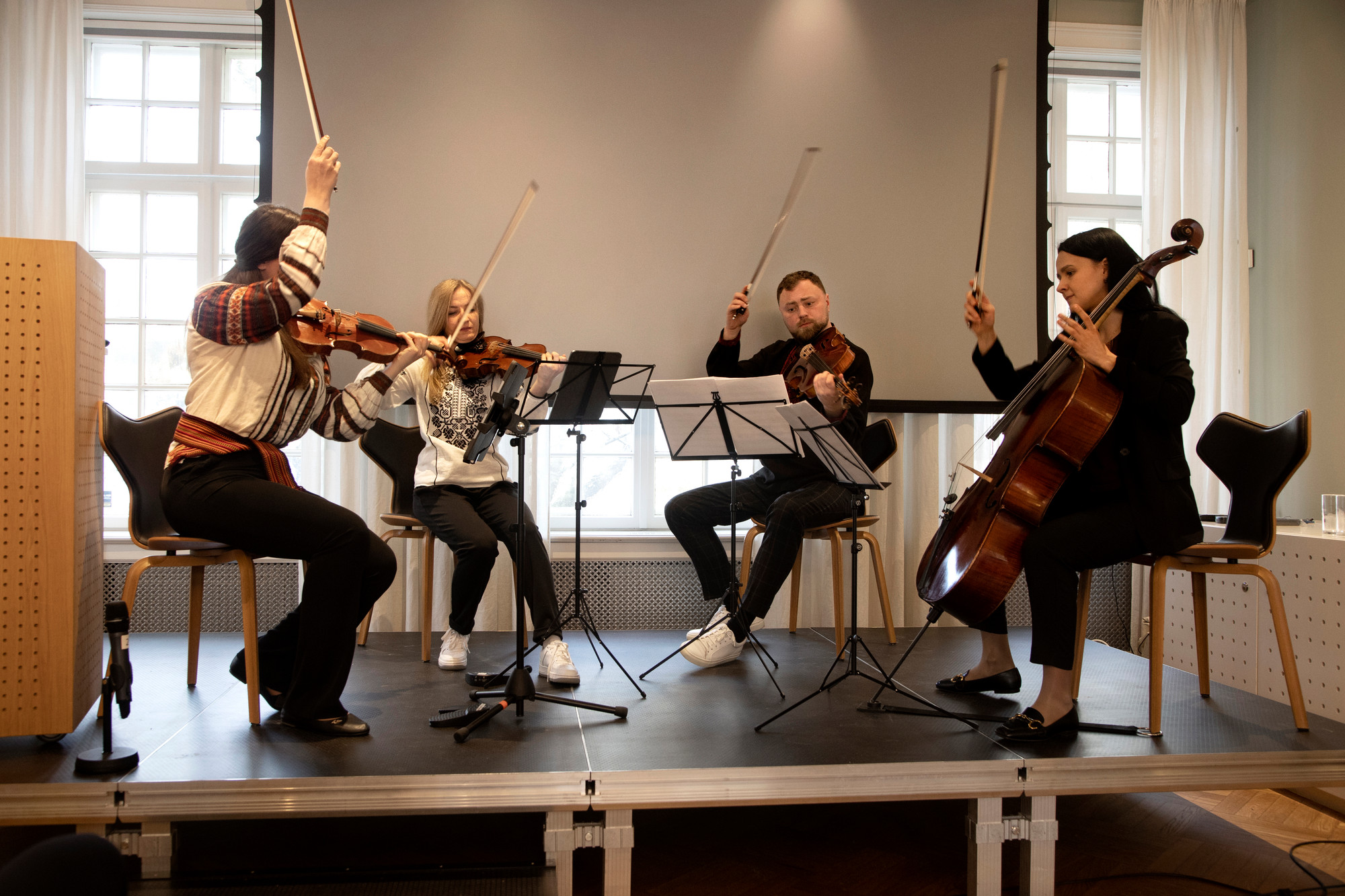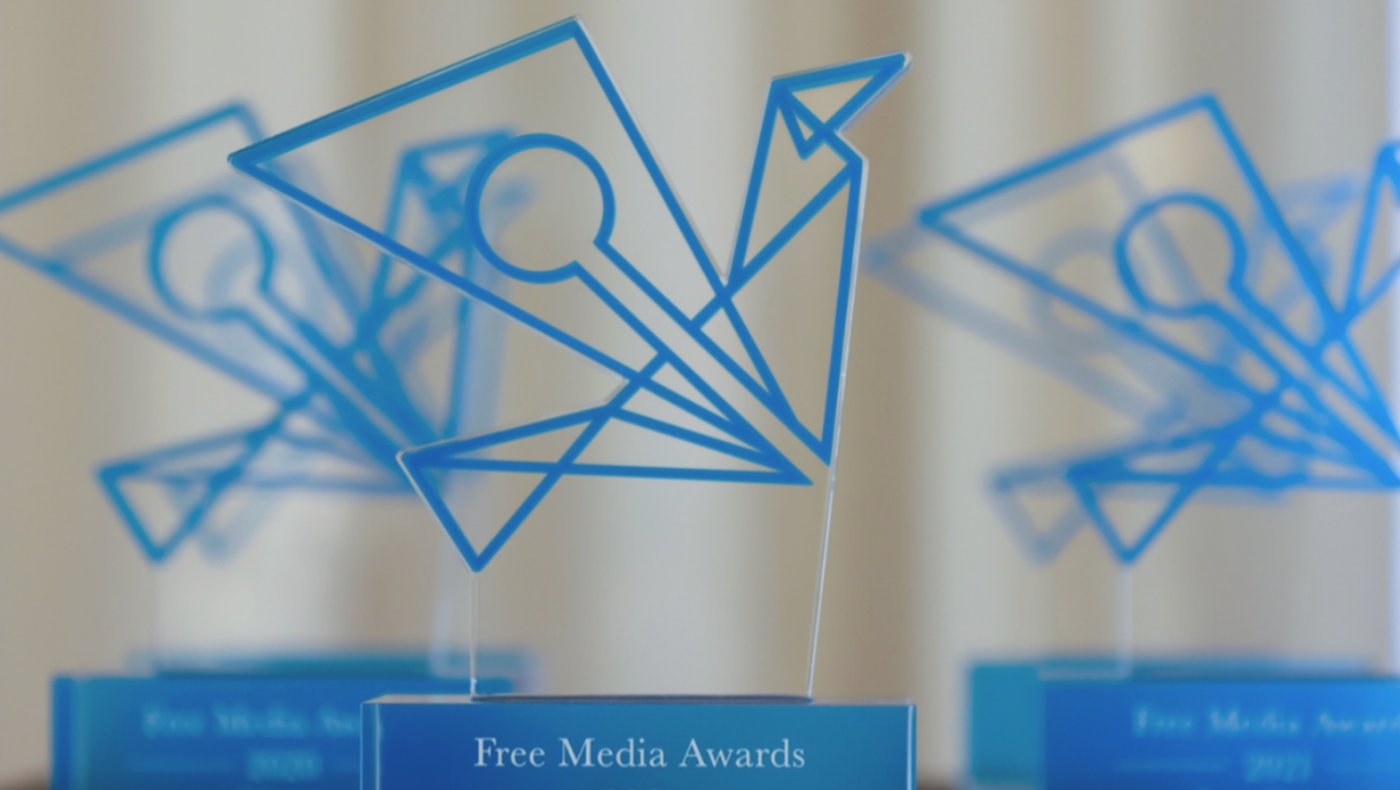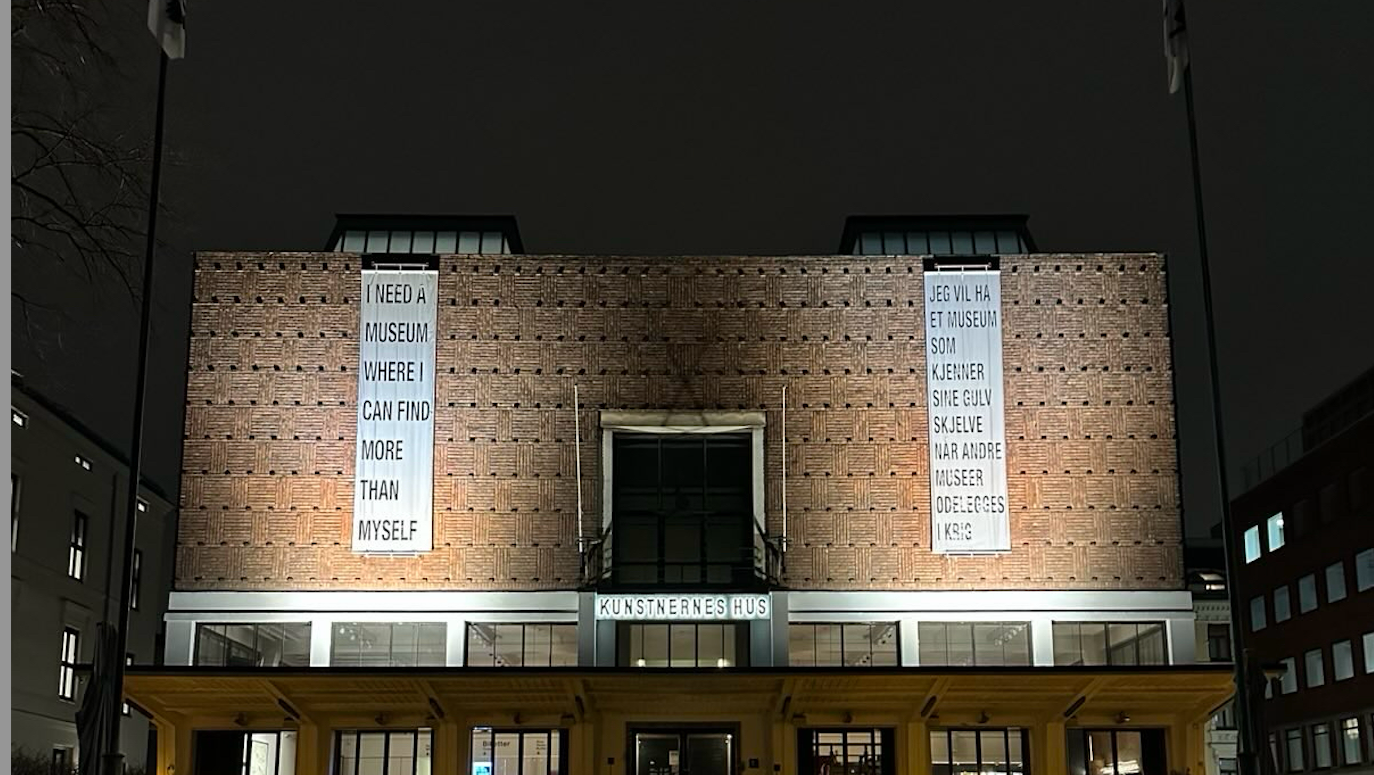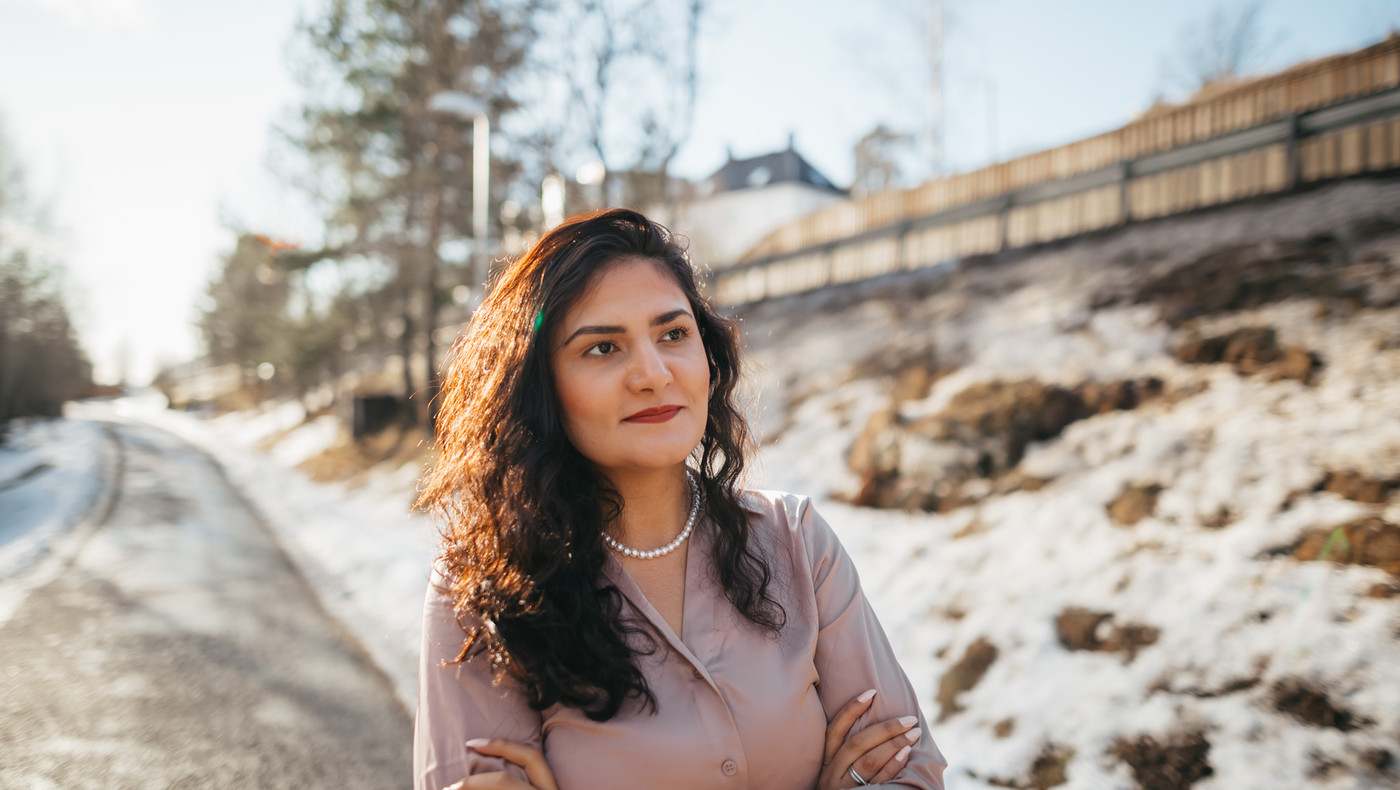Discussed Ukraine's creative resistance
How can journalists, writers and artists continue to work during a brutal war of aggression? Ukrainian journalists and cultural personalities were gathered in Oslo in December to discuss this question.
The sound of bricks hitting the ground when a bombed out building is being cleared up. An old photo album being dug out of the ruins by fire fighters. Scorched papers being turned into dust by the wind. The sound of violins accompany an incoming missile as it approaches a major city.
These are different ways of depicting the current war in Ukraine, cinematically and photographically. They differ from pure facts, the bread and butter of news media and journalists. The two can complement each other. This was the conclusion arrived at by the participants in the debate forum ’Ukraine’s Creative Resistance: Culture, Art and Expression in Wartime’ at Fritt Ord’s premises in Oslo on 5 December 2022. Cultural personalities and journalists from Ukraine, including East-Ukraine, exchanged experiences and discussed how they could document the war in their native country in different ways, e.g. using images, words, sound and other expressions of culture.
“What role does art play in the war in Ukraine?”, asked curator and artist Diana Berg rhetorically, answering symbolically, for the most part:
“First and foremost, the art centres have been turned into bomb shelters.”
Volunteers in the war
Art has also become part of the resistance, creative resistance. When Crimea was annexed by Russia in 2014, Ukrainian artist Maria Kuliovska, a native of Crimea, performed a stunt at a performance at the international art event ‘Manifest’ in St. Petersburg: She laid down under a Ukrainian flag on a staircase, like a murder victim would be covered at the site of a crime.
“We have sort of become volunteer participants in the war”, she stated. Not with weapons, but with words, images and other artistic expressions.
One such example from Norway is the Kyiv Soloists. Up until now, they have been based in Bodø, touring Europe with their Mendelssohn, Silvestrov, stringed instruments and Ukrainian folk songs to collect money for the victims of the war – and to appeal for support for Ukraine.
Art can also be a target. Luba Michailova, the founder of an arts collective known as Izolyatsia in East-Ukraine, told about the chimneys at an abandoned factory that the collective had in Donestsk, which a French artist made into a gigantic lipstick in 2012. When Russian-supported revolutionaries took control two years later, the chimneys were among the first things they demolished. The demolition was also filmed and shared on social media. The arts collective is now working throughout Ukraine, in domestic ‘exile’ from its real base.
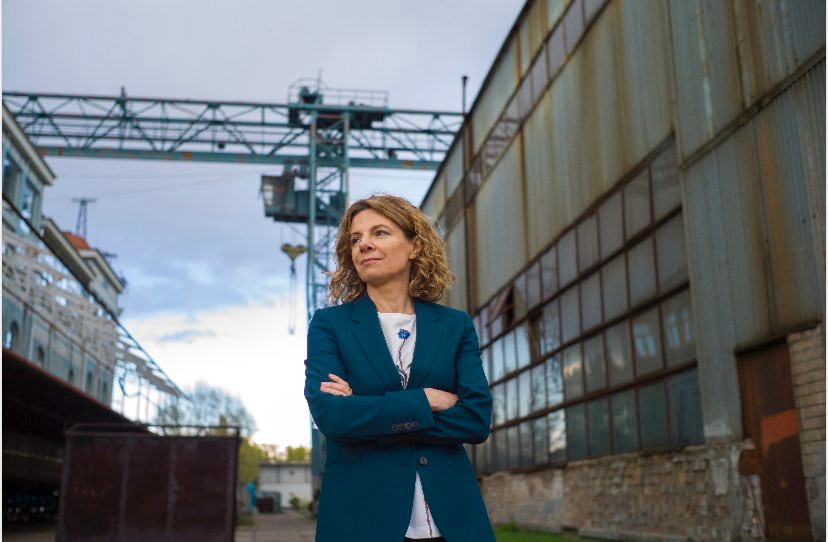
Journalists and brutality
Journalism and literature also tell the story of the war. Those in Oslo who discussed the conditions for this and the challenges involved included Oleksiy Matsuka of the TV channel Freedom TV, Bohdana Neborak, editor of The Ukrainians, Svitlana Oslavska, editor of ‘The Reckoning Project’, co-founder of the ‘Old Khata Project’, and Stanislav Aseyev, journalist and writer. As a writer, Asejev has described his time as a political prisoner of the Russians, including what it was like to be in long-term isolation. As a journalist, he has covered the atrocities in the city of Butsja, where there is evidence that the occupying forces have executed civilians. Martin Paulsen, a Ukraine expert at the University of Bergen, moderated a panel and then afterwards listened to a discussion between Ukrainian Professor Uilleam Blacker and Asejev.
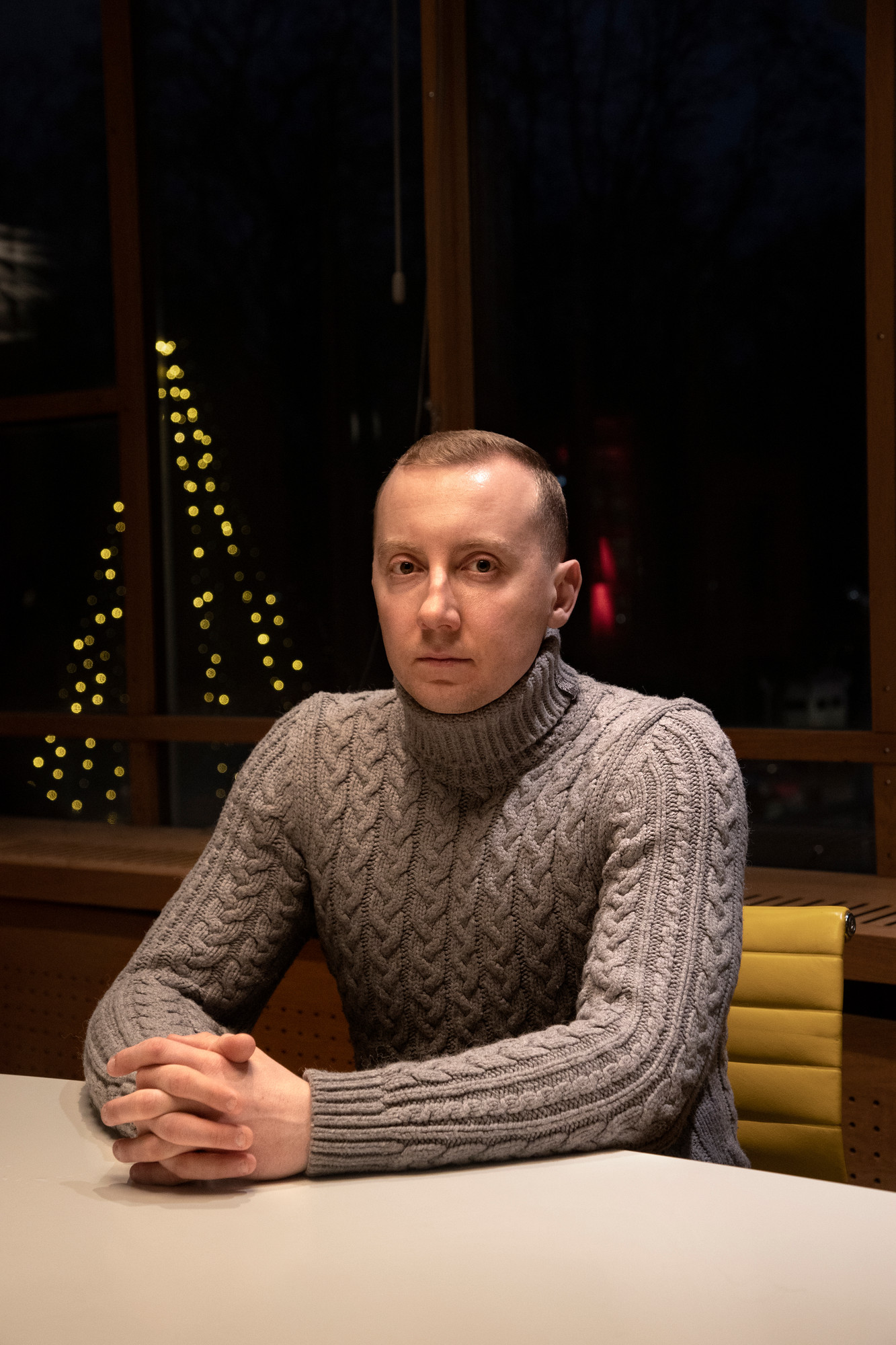
Photo: Linda Bournane Engelberth
“It was fascinating to hear such a controlled and reflective, but absolutely spot-on analysis of the most grievous aspects of human nature”, notes Paulsen.
To the question of how Asejev manages to describe his experiences in prison so clinically, he responded that he drew on his experience of being trained in religion and philosophy. However, at home with his family, he says they never talk about his incarceration or about the war. It gets to be too much to bear. Yet he, along with a myriad of others, takes part in public discourse.
“Putin and the Russians have quite simply underestimated how much freedom means to the Ukrainians,” observes Asejev.
That may explain Ukraine’s creative resistance and stamina.
The Fritt Ord Foundation and the Open Society Foundation organised the event.
